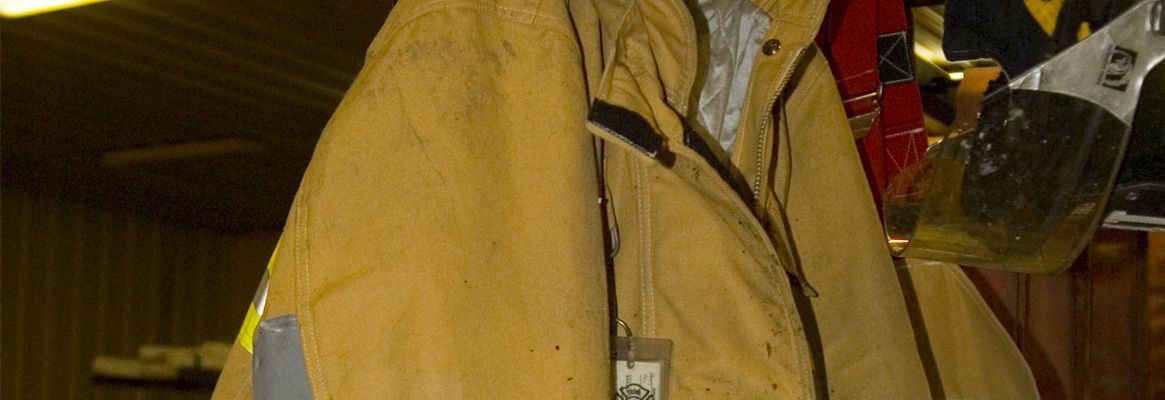Thermal Properties Of Clothing Systems Evaluated In Cold Environmental And Low-Sweating Conditions

Originally publish in Tekstilna Industija, December 2010
Abstract
This paper presents the results from evaluating the thermal properties of clothing systems by using a sweating thermal manikin Coppelius that simulates heat and moisture production in a similar way to the human body, and measures the influence of clothing on heat exchange in different environmental and sweating conditions. In order to evaluate the influence of cold environmental (10°C/50 % RH) and low-sweating conditions (0 and 50 gm-2h-1) on the thermal properties of clothing systems, we investigated the heat and water-vapour transmission properties through the clothing systems. In addition we also evaluated the thermal resistance or insulation and the corrected thermal resistance of different male business clothing systems made of standard textile materials (wool and wool-mixture), and male business clothing systems that contained phase-change materials (PCMs) used as liner and outerwear materials.
The results of evaluating the thermal properties of business clothing systems in cold environmental and low-sweating conditions showed that the sweating process causes an increase in total heat-loss through the clothing and, therefore, a decrease in the thermal resistances of clothing systems. It is noted from the results that when dry testing small differences in heat-loss and thermal resistance values exist between clothing systems that contain phase-change materials and clothing systems made of standard textile materials without PCM particles, but dont differentiate significantly.
The author is associated with Academy of Design, Ljubljana, Slovenia; he would like to thank Dr. Harriet Meinander, who performed this research in the SmartWearLab of the Tampere University of Technology, Finland.






